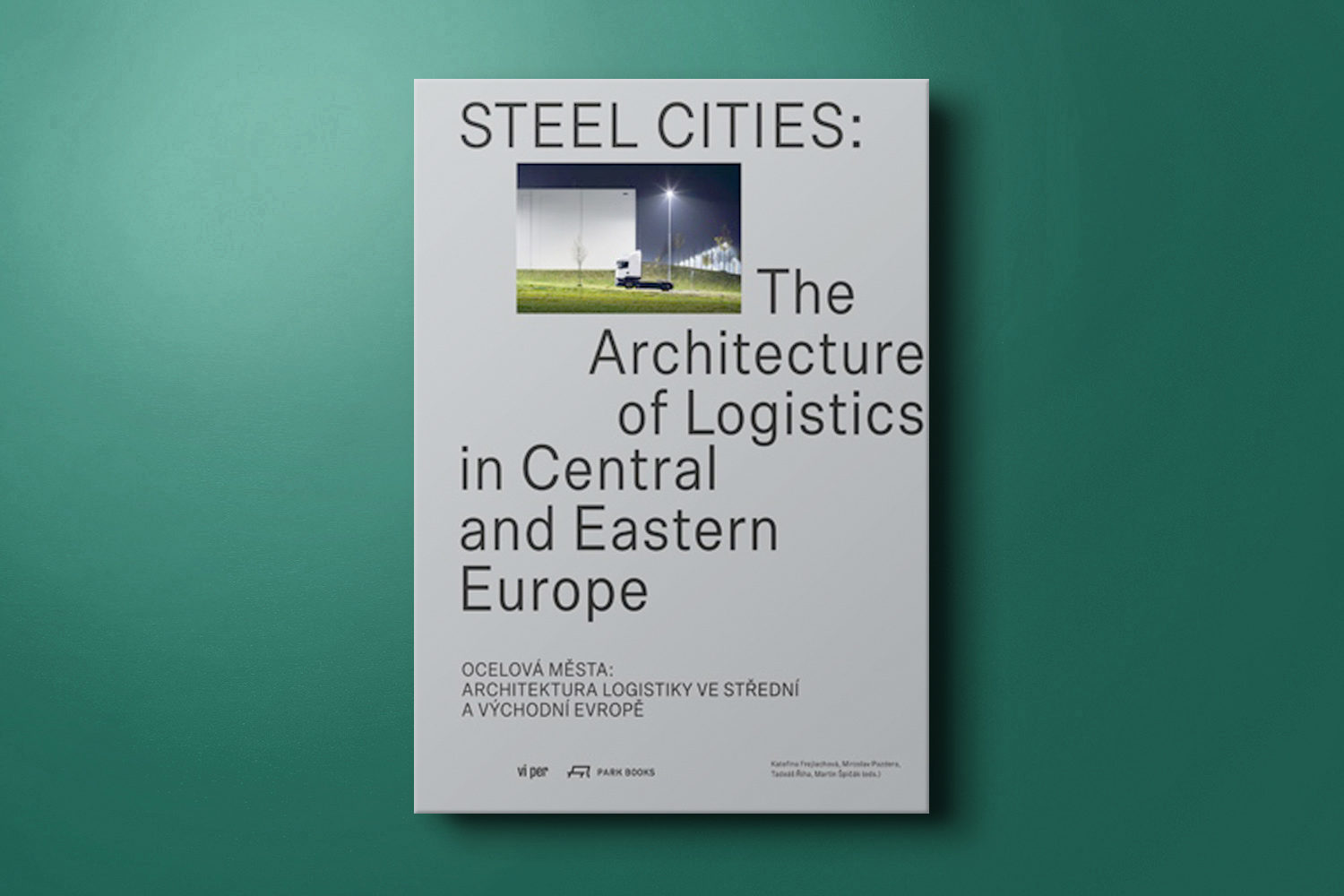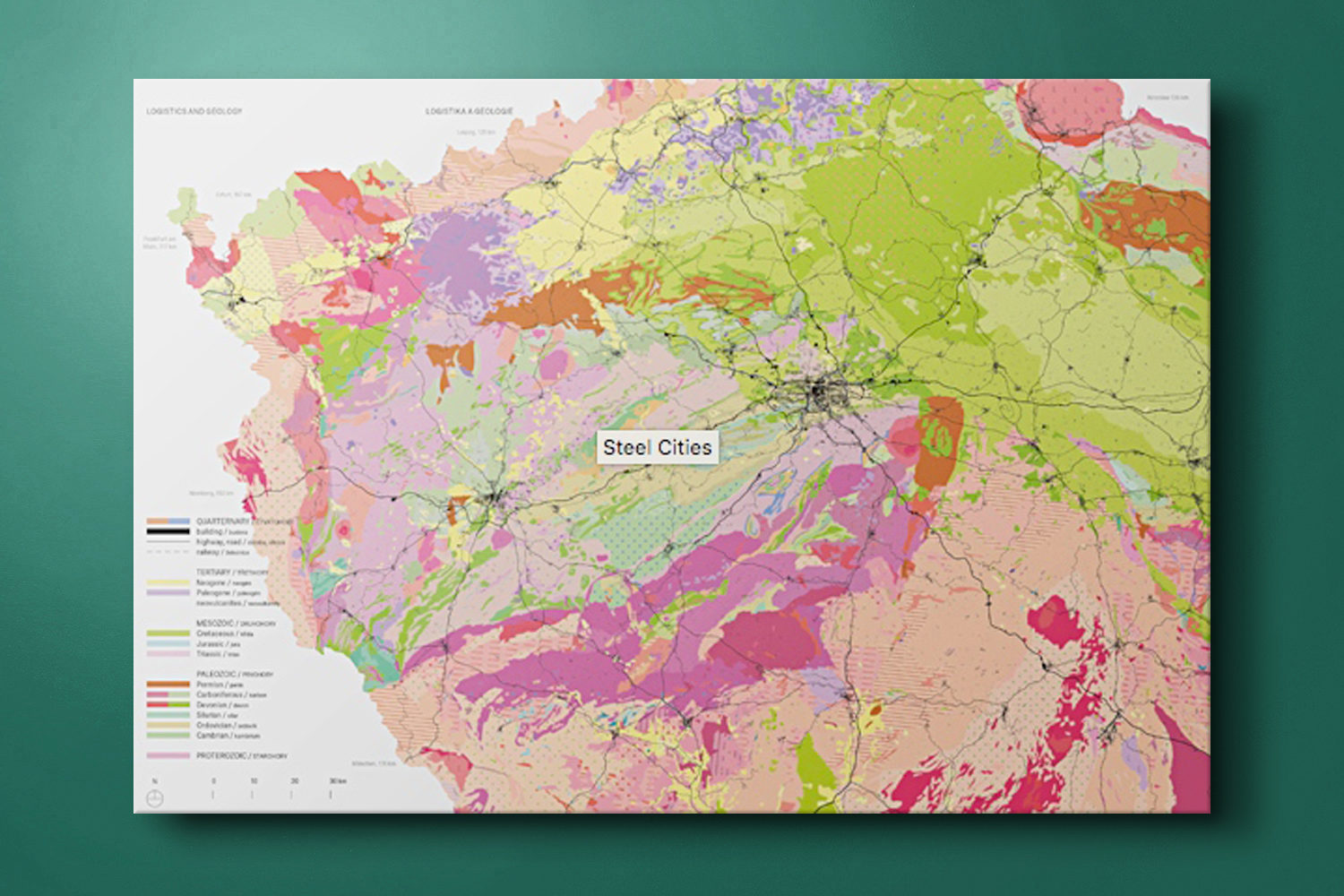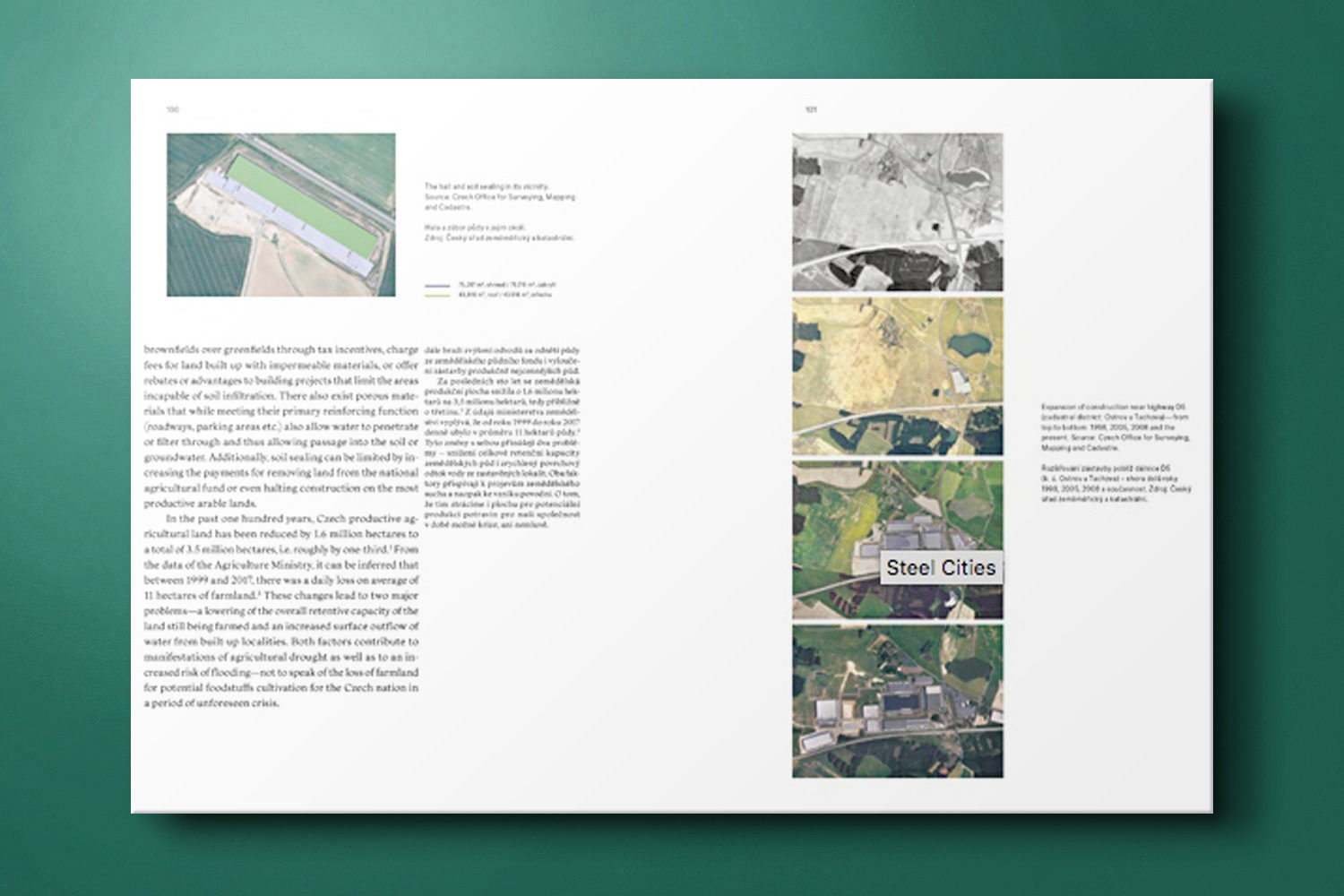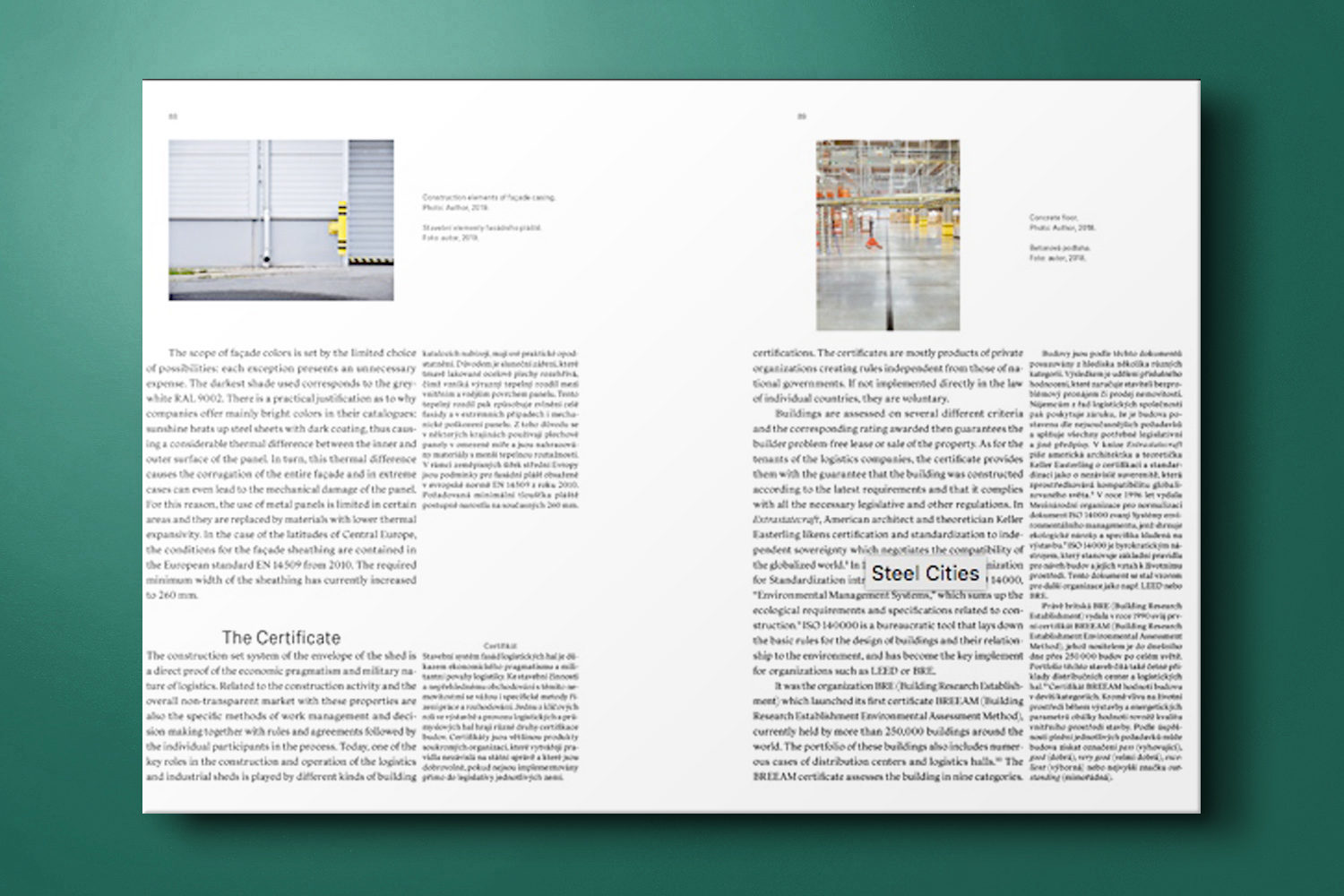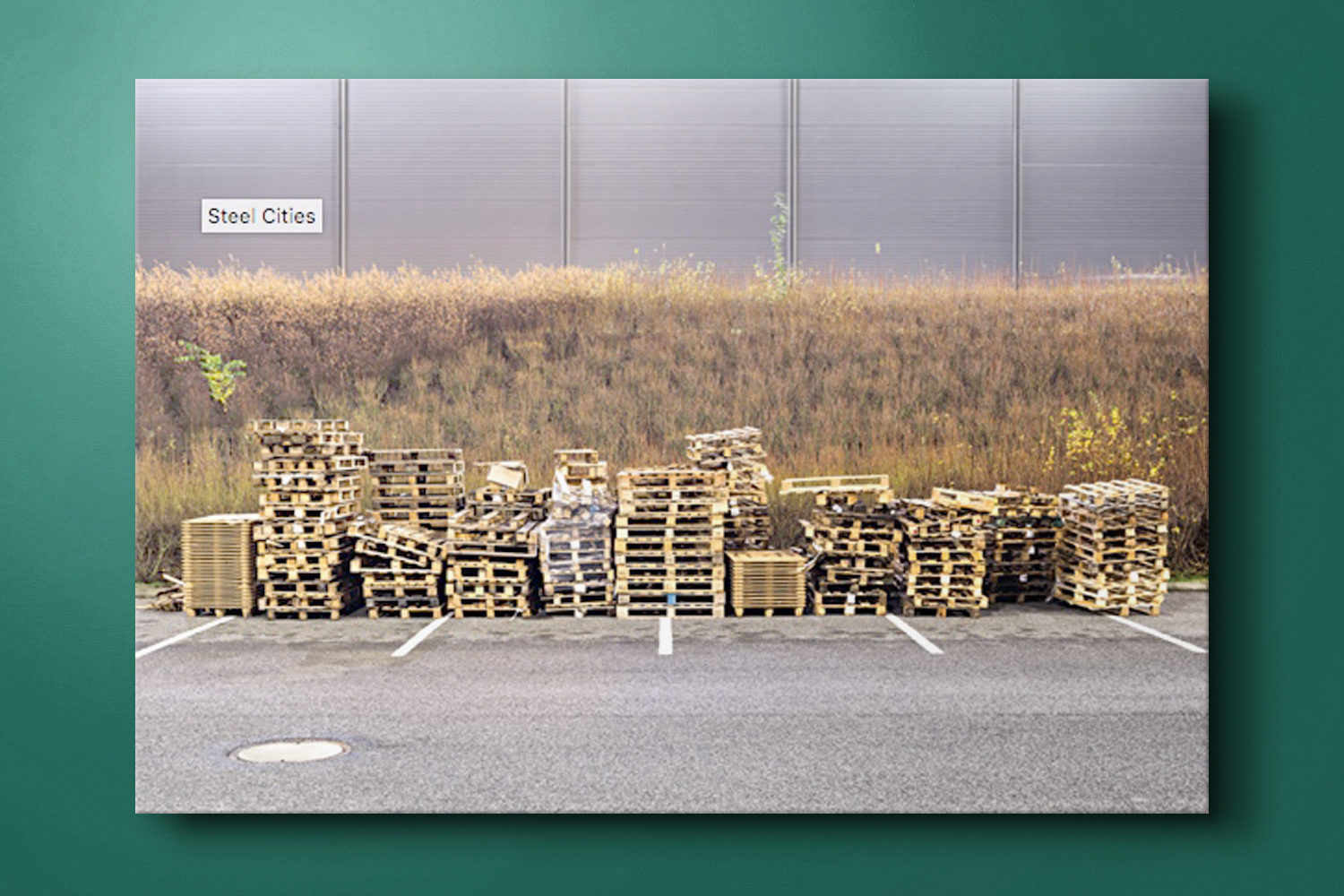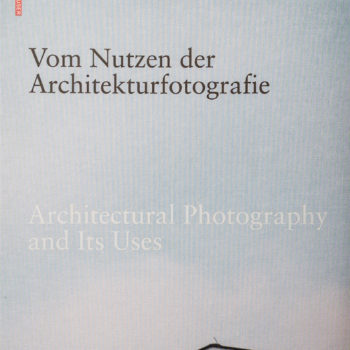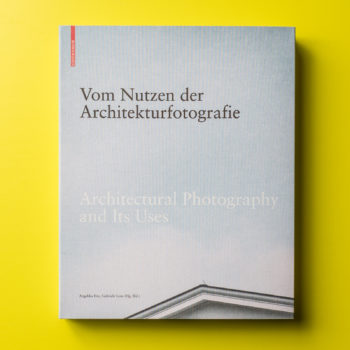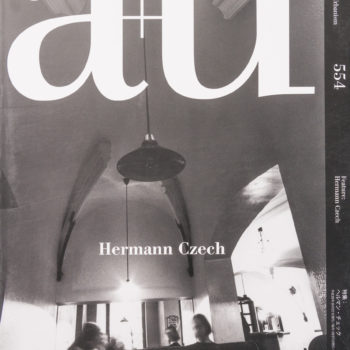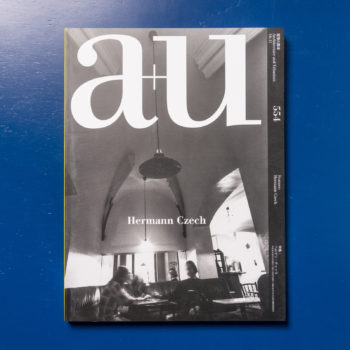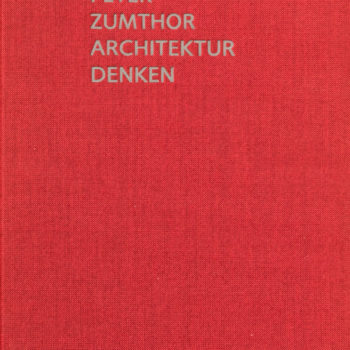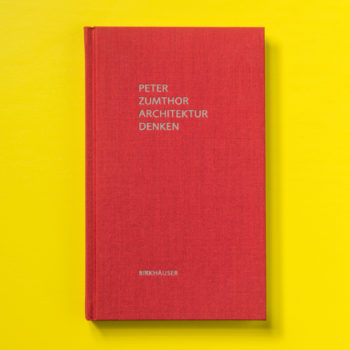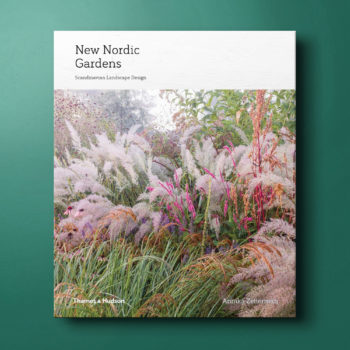In der Mitte Europas, im tschechischen Westböhmen, breiten sich an strategisch optimaler Position riesige Lagerhäuser der Logistikindustrie aus. Diese stählernen Städte belegen Hunderttausende von Quadratmetern Fläche in einer landwirtschaftlich geprägten Landschaft und produzieren – nichts: In den meisten Hallen werden lediglich Pakete für den Versand bereitgestellt; sie sind die konkrete Materialisierung des Onlineshoppings.
Die Autorinnen und Autoren des Forschungsprojekts Steel Cities. The Architecture of Logistics in Central and Eastern Europe untersuchen die Auswirkungen der Logistikparks auf Landschaft, Ortsbilder und Menschen. Ihr Buch beleuchtet mit zahlreichen Fotografien und einordnenden Texten den kontinentalen Zusammenhang, die fast militärische Planung der Logistikunternehmen ebenso wie die lokalen Bedingungen für die mehreren Tausend Arbeiter in den fensterlosen Stahlboxen.
***********
The fast-growing logistics industry in Central and Eastern Europe and its hugely problematic effects on the built environment, landscapes, societies, and individuals in the region
In the countries of Central and Eastern Europe, a certain type of industry has rapidly developed—an industry that produces nothing. Storing, packaging, classifying, assembling, and other ancillary processes of manufacturing and distribution are carried out 24/7 in extensive logistics parks. Their vast sites, often brightly lit during night hours, have doubled in terms of area covered every four years during the past two decades. These Steel Cities, as some locals have termed them, occupy increasing amounts of what has been fertile farmland, deeply affect the lives of local residents, and create entirely new relationships.
This new book investigates the Steel Cities’ impact on landscape and society from various perspectives. It reveals the architectural and spatial, economic, social, and environmental ramifications of the logistics system in this region and elsewhere. It examines these logistics centers on three scales: as an architectonic-landscape entity the size of a small town, as a network that reshapes the map of Europe so to define its own territoriality, and as part of the everyday life of the workers inside and the residents around them.
With contributions by Rutvica Andrijasevic, Kateřina Frejlachova, Adrian Hyrsz, Tomaš Khel, Bob Kuřik, Jesse LeCavalier, Lukaš Likavčan, Petr Mezihorak, Victor Munoz Sanz, Tonia Novitz, Miroslav Pazdera, Tadeaš Řiha, Hannah Schling, Pavel Suchan, Daniel Šitera, Martin Špičak, Philip Ursprung, Ina Valkanova, and Jan Vopravil.
Kateřina Frejlachová is an architect working with Prague-based firm MCA Atelier.
Miroslav Pazdera is an architect working as a research assistant at Czech Technical University’s Faculty of Architecture in Prague and with Bernd Schmutz Architekten in Berlin.
Tadeáš Říha is an architect and writer currently working with 6a architects in London.
Martin Špičák is an architect and co-founder of Placemakers.cz collective. He works at the city of Prague’s department of urban planning.
Fotos: Studio Flusser; Kolský, Jan
In cooperation with VI PER Gallery, Prague

